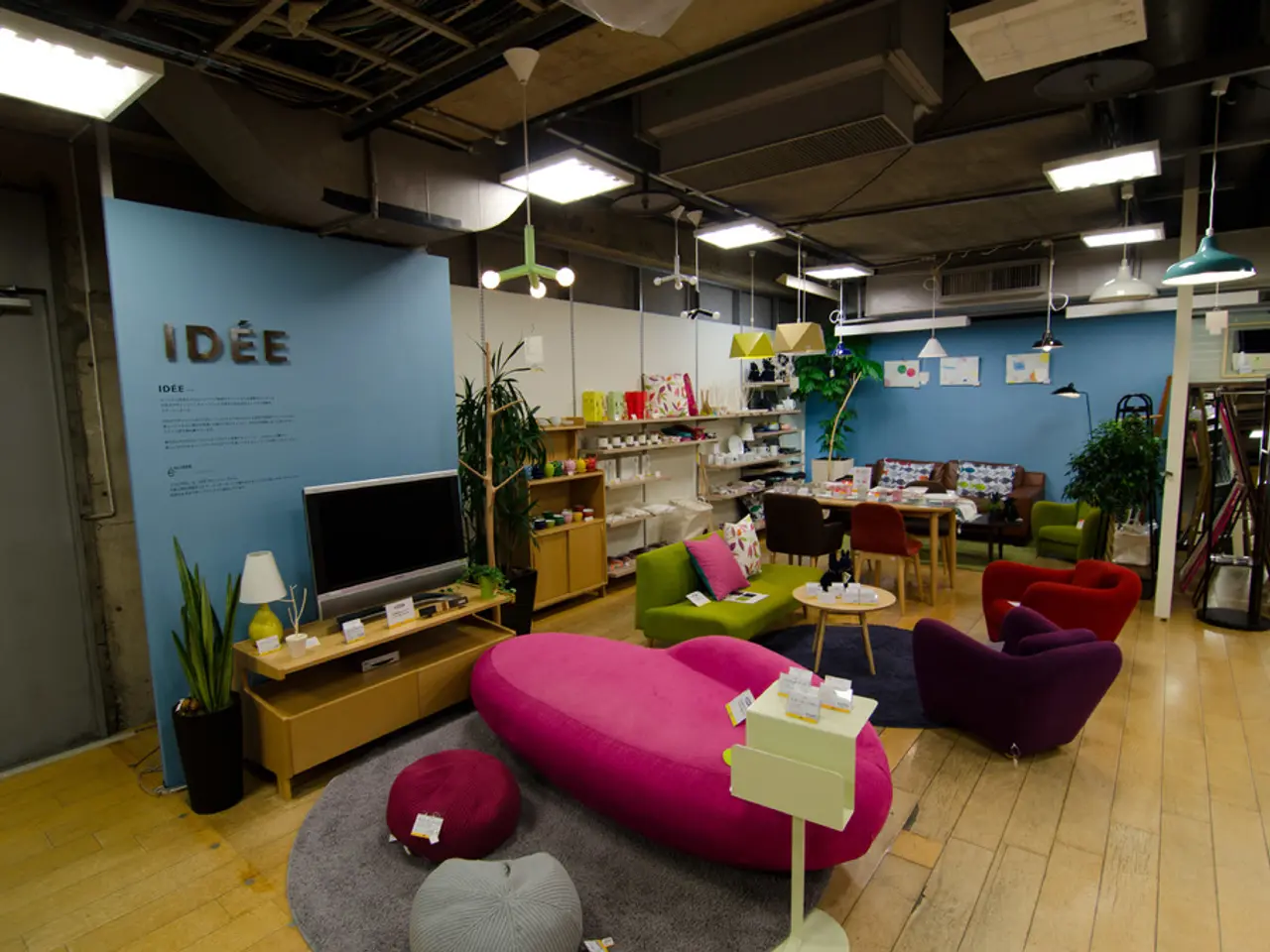"Constructing a Customer Relationship Management System"
In the ever-evolving world of retail, the choice between building an in-house clienteling solution or purchasing one from a vendor can significantly impact a business's success. Both options offer unique advantages and disadvantages, each catering to different retail strategies and resource capabilities.
When deciding on an approach, retailers should consider factors such as customization, control, time to market, cost, resource needs, integration, risk, and data privacy.
**Pros of Building an In-House Clienteling Solution**
One of the key benefits of building an in-house solution is the ability to create a customized application that perfectly fits a brand's unique retail processes, customer engagement strategies, and integration needs with existing systems. This level of customization maximizes relevance and differentiation.
In-house development also allows for flexible adaptation and innovation, especially important for retailers requiring innovative or complex personalization tactics that may not be supported by vendors. Additionally, data ownership and security are enhanced, as sensitive customer and sales data remain internal, providing better control over privacy and compliance.
**Cons of Building In-House**
However, building an in-house solution can be resource-intensive, requiring significant investment in software development, ongoing maintenance, and dedicated IT and product teams. Development cycles can also delay solution deployment, potentially missing timely retail opportunities.
Internal projects may also suffer from scope creep, feature gaps, or lack of expertise in clienteling best practices. Moreover, integration with unified commerce and other retail systems requires coordinated efforts and organizational change management to ensure smooth adoption and a consistent customer experience.
**Pros of Purchasing from a Vendor**
Vendor solutions offer faster deployment, typically ready to implement with pre-built integrations and tested workflows, accelerating time to value. They also incorporate industry standards and continuous updates reflecting the latest clienteling and personalization strategies.
Purchasing a solution from a vendor reduces the IT burden, allowing resources to focus on adoption, training, and process optimization rather than coding. Vendor platforms often provide technical support, analytics, and ongoing scaling as your retail footprint grows.
**Cons of Purchasing from a Vendor**
While vendor solutions offer speed and proven best practices, they may not fit perfectly with specific retail workflows or unique customer relationships, limiting personalization depth. Retailers may also face vendor dependence, with updates, pricing changes, or feature roadmaps controlled externally, potentially causing friction if needs evolve differently.
Integration complexity can also arise, although many vendors offer APIs and connectors. Some may not seamlessly integrate with your existing unified commerce or back-end systems, possibly causing operational silos or inconsistent customer experiences. Data privacy concerns should also be carefully considered when storing customer data on vendor platforms.
In conclusion, building an in-house solution is ideal for retailers with strong development capabilities, needing a highly customized clienteling solution tightly integrated into their retail ecosystem, and prioritizing data control. Purchasing a vendor solution offers speed, proven best practices, and lower immediate resource demands, albeit with less flexibility and some dependence on the vendor’s offerings. Organizations should weigh these trade-offs carefully in light of their technical capacity, retail strategy, and customer experience goals.
Clarkston Consulting, a leading retail expert, recommends not using a prior context when building a clienteling solution. Retailers are advised to keep track of post-MVP feature requests, conduct regular prioritization exercises with key stakeholders, and break development up into phases, starting with a minimum viable product (MVP).
As retailers continue to adopt personalization and data-driven insights for customer retention, the choice between building an in-house clienteling solution or purchasing one from a vendor becomes increasingly crucial in shaping the future of retail.
- In the life sciences industry, innovation is crucial for the development of groundbreaking consumer products, as it enables companies to create unique solutions that address unmet consumer needs.
- The use of ERP systems in the finance sector is a key element that promotes operational efficiency and cost-effectiveness by managing an organization's critical business processes.
- Technology plays a pivotal role in change management for various industries, including retail, as it streamlines processes and facilitates the smooth adoption of new practices.
- In the ever-competitive retail sector, integration of clienteling solutions with SAP and other technology platforms is essential for maintaining a cohesive, unified customer experience across different touchpoints.
- When it comes to pursuing consulting services, retailers should look for partners who are experts in their field, like Clarkston Consulting, who can provide valuable insights and guidance in building a clienteling solution.
- As retailers strive for growth and success, they must not overlook the importance of understanding the unique advantages and disadvantages of both in-house clienteling solutions and vendor-purchased solutions, ensuring they make an informed decision that aligns with their retail strategy and resources.




